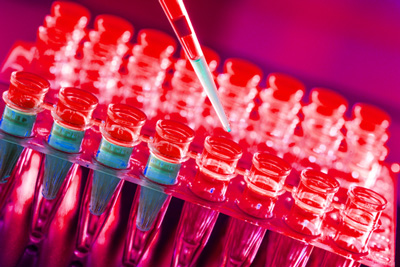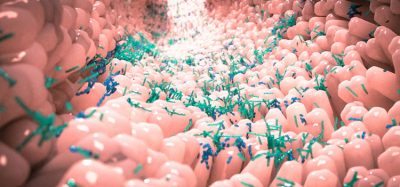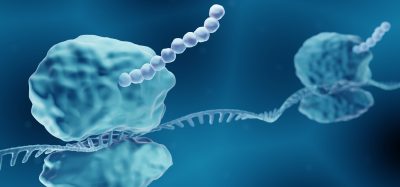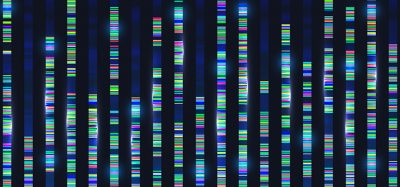Non-coding RNA helps suppress breast cancer
Posted: 2 February 2016 | Victoria White | No comments yet
A team of scientists from Bath, Cambridge and the USA has identified a piece of non-coding RNA that stops cells turning cancerous…

Non-coding RNA that is found in between genes plays a role in suppressing cancer, according to new research.
The human genome contains around three metres of DNA, of which only about two per cent contains genes that code for proteins. Since the sequencing of the complete human genome in 2000, scientists have puzzled over the role of the remaining 98 percent.
In recent years it has become apparent that a lot of this non-coding DNA is actually transcribed into non-coding RNA. However, there is still a debate as to whether non-coding RNA serves any function in the cell. Part of the reason for this uncertainty is that it is very difficult to knock-out non-coding RNA without damaging the DNA, which can lead to off-target effects and false results.
Now a team of scientists from Bath, Cambridge and the USA has identified a piece of non-coding RNA that stops cells turning cancerous. The researchers hope their discovery will help develop new treatments for cancer.
Dr Adele Murrell, from the University of Bath‘s Department of Biology & Biochemistry, led the study. She explained: “The number of cells in our body are balanced by the level at which cells replicate and replace the ones that die. Sometimes the switches that control this growth get stuck in the ‘on’ position, which can lead to cancer.
“As the tumour grows and the cancer cells get crowded, they start to break away from the tumour, change shape and are able to burrow through tissues to the bloodstream where they migrate to other parts of the body, which is how the cancer spreads. This process is called metastasis and requires a whole network of genes to regulate the transformation of cell shape and mobilisation.
“In our study we’ve identified that GNG12-AS1, a strand of non-coding RNA, prevents the growth switch getting stuck and suppresses metastasis. The specific genomic region where this non-coding RNA is located often gets damaged in breast cancer patients – this control is removed and the cancer cells spread.”
Non-coding RNA maintains healthy cells through two mechanisms
The research team found that this non-coding RNA fragment maintains healthy cells through two mechanisms: by regulating the levels of DIRAS3 and by suppressing a network of genes that prepare cells to change their shape and prepare for metastasis.
The team were able to distinguish between these two mechanisms by using smaller interfering RNAs (siRNAs) to either specifically stop the non-coding RNA from being made, or to degrade the RNA immediately after it was made. Both approaches led to cells changing their shape and transforming into migratory cells. However, only the first approach affected DIRAS3 and the cell cycle.
The team anticipates their findings could be used understand how other non-coding RNAs function and to develop potential gene therapies to treat cancer.
Related conditions
Breast cancer
Related organisations
University of Bath






